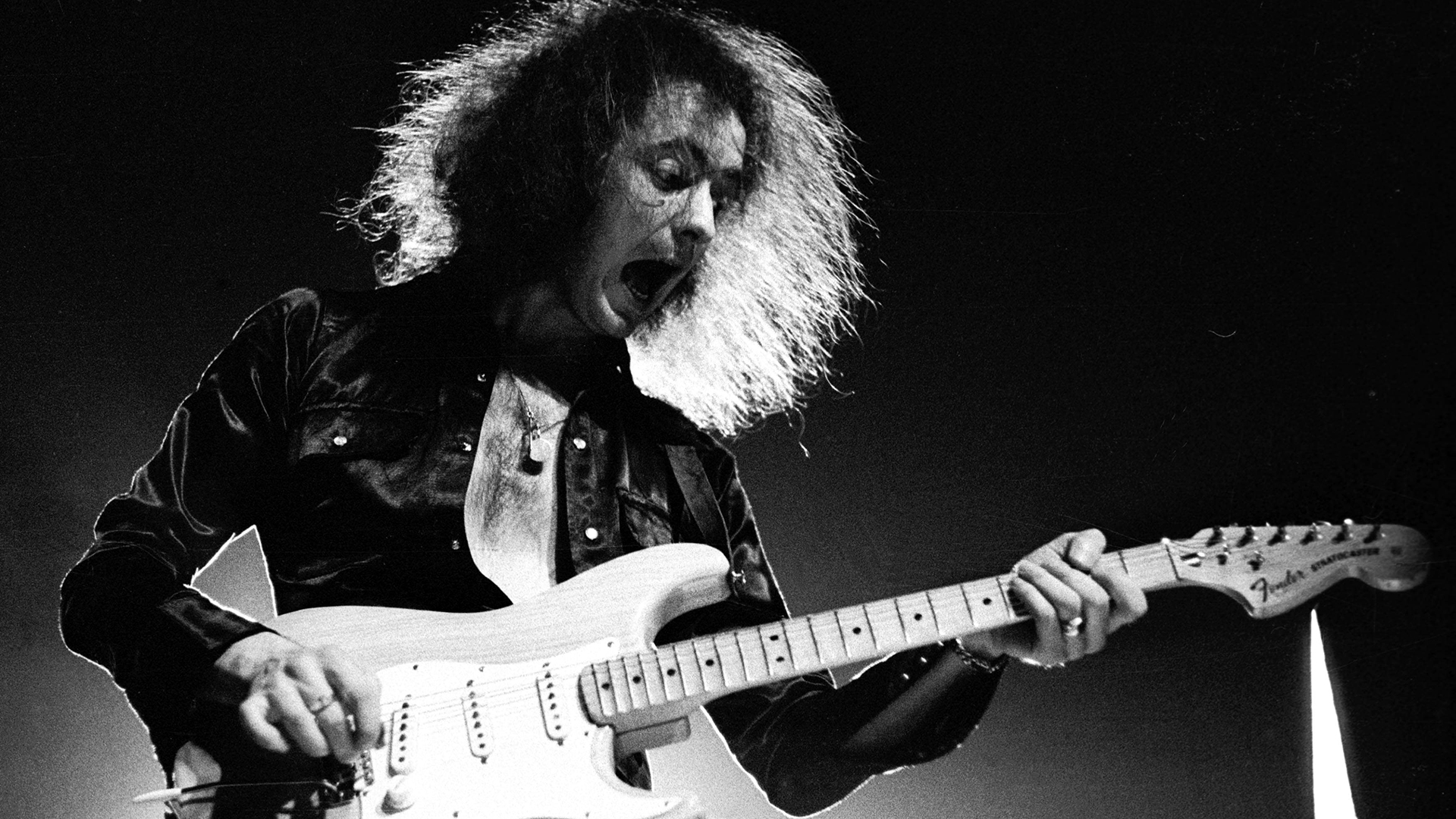
A double-stop is when two notes are played simultaneously, regardless of the interval used. This technique was originally first documented in the 17th century and has been used by guitarists since the dawn of the instrument.
Double-stops, also known as diads, or dyads, are often used in jazz to allow the guitarist to explore chord-based soloing, without having to tackle full chord voicings.
Rock and roll from the 1950s is another good example, and Chuck Berry’s guitar introductions to songs such as Johnny B. Goode and Roll Over Beethoven are built around this technique, forging an exciting new guitar sound in the process.
Buddy Holly’s Heartbeat and Hank Marvin’s playing on Summer Holiday are other examples of double-stops in pop-rock, along with Van Morrison’s classic Brown Eyed Girl.
The players all use 3rds to add an extra layer of depth and harmony. This approach has been taken even further over the years; think of Johnny Marr’s iconic introduction to This Charming Man, which uses double-stops to superb effect.
While the technique works well with a clean guitar sound, from rock and roll through to funk, as heard a little in Chic’s Le Freak chorus riff for example, adding gain can create some raunchy guitar licks.
Slash’s playing during the introduction of Guns N’ Roses’ You Could Be Mine is a great demonstration of this. Slash manages to grab two notes on adjacent strings, while bending the notes and adding vibrato to produce some exciting and expressive guitar lines.
The addition of a second note to some of these lines adds so much more power to the phrases. Angus Young is another great rock guitarist who loves his double-stops.
Jimi Hendrix inspired generations with his use of diads. His beautiful song Little Wing is still covered by players to this day, with its double-stop laden introduction a legendary piece of guitar playing.
Hendrix effortlessly uses double-stops to play through a set of chord changes, using color tones and trills to add color and depth to his guitar lines. This approach has been borrowed by a whole slew of guitarists ever since (think SRV) and is known as an integral part of his style of guitar playing, and arguably more legendary than his wah-wah and fuzz-filled lead style.
These examples showcase how double-stops can be used in a variety of settings and genres, in the context of both lead and rhythm playing. It will add another layer to your playing if not currently accustomed to this technique.
The study piece is a homage to Jimi Hendrix, and incorporates double-stop licks over a simple chord progression, demonstrating a number of ideas that you might want to consider employing in your own playing.
Exercises 1-5
Exercise 1: Rock and Roll
This first example utilises double-stops in 3rds, which is synonymous with Buddy Holly’s style. Use downstrokes to get an even sound throughout.
Exercise 2: Melodic 3rds
Here’s a melodic series of 3rds, as Hank Marvin might play. Downstrokes offer consistency, but try alternate strumming or my suggested down picking.
Exercise 3: Funk double-stops
We’re using alternate strumming with colour tones to tackle 16th-note rhythm. Mute unplayed strings with your fretting-hand fingers to avoid unwanted noises.
Exercise 4: Hendrix color tones
Here’s Hendrix’s approach to playing over a C Major chord with added double-stops. Aim to identify the intervals used, to help with your understanding of this style.
Exercise 5: Rock double-stops
Here’s a tip of the hat to Slash and other rock guitarists like Angus Young. The use of double-stops adds real weight to guitar lines in this style of playing.
Study piece
This piece is based around a repeated eight-bar chord progression using the sequence, C-Am-F-G. As a general rule as seen in the example licks, I used downstrokes almost exclusively for this piece, as it helps to create an even delivery, but of course feel free to experiment if you’d rather.
[Bars 1-8] Here we see a variety of ways to play double-stops around each of the chords. Chord extensions are used for colour along with diatonic 3rds and 4ths to add movement. The amp is set on the edge of breakup and I used a fairly light pick attack to keep the guitar sounding clean and clear.
[Bars 9-16] In this section I dug in a little harder with the pick to push the sound somewhat, and add a little more gain into the signal. The trickiest parts are in bars 11 and 12, where we encounter some neo-soul style slurs, followed by a whole bar of descending 3rds. Take it slow and steady, and good luck!







